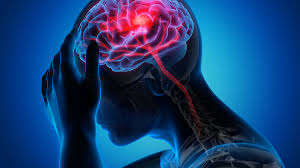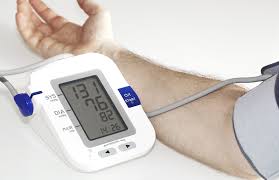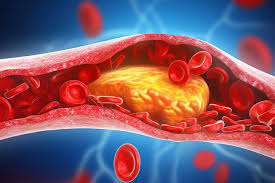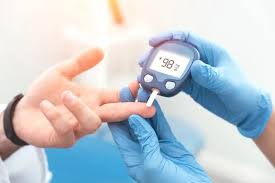Physical Address
304 North Cardinal St.
Dorchester Center, MA 02124
Physical Address
304 North Cardinal St.
Dorchester Center, MA 02124

My journey in neurocritical care revealed stroke’s devastating impact firsthand. This experience led me to pursue stroke research, where I discovered an alarming knowledge gap in public awareness of risk factors.
Though commonly perceived as an older person’s condition, stroke threatens all age demographics and is increasingly affecting those under 55. Despite being England’s leading cause of death and disability, stroke remains largely preventable.
Risk factors traditionally associated with older populations—hypertension, elevated cholesterol, obesity, diabetes, tobacco use, sedentary lifestyle, and poor nutrition—are now appearing in younger individuals at concerning rates. Additional lifestyle choices elevating stroke risk include excessive alcohol consumption, binge drinking, and recreational drug use (particularly amphetamines, cocaine, and heroin).
Given these trends, stroke prevention represents a critical public health priority requiring immediate attention. While many stroke risk factors can be managed, several cannot be modified. These include age, sex, ethnicity, family history, genetic predisposition, and certain inherited conditions.
Women face particularly elevated stroke dangers across all age groups, with higher mortality rates than men. Female-specific risk factors include pregnancy complications, certain contraceptives (especially for smokers), endometriosis, premature ovarian failure (before 40), early menopause (before 45), and hormone therapy for transgender women.
Inherited vascular conditions like cerebral aneurysms—weaknesses in artery walls—also increase hemorrhagic stroke risk independent of lifestyle choices.
Socioeconomic factors play a significant role as well. Research shows individuals with lower income and education levels face higher stroke risks. This correlation stems from multiple factors, including higher rates of smoking, increased alcohol consumption, and reduced physical activity commonly associated with socioeconomic disadvantages.
However, research also shows that people with lower socioeconomic status are less likely to receive good quality healthcare than people with higher incomes.
But, regardless of biological or social risk factors, there are things you can do – right now – to reduce your risk of having a stroke.

Smokers face more than double the stroke risk compared to non-smokers. Smoking damages blood vessel walls, elevates blood pressure and heart rate while reducing oxygen levels. It also makes blood stickier, increasing the likelihood of clots that can block vessels and trigger strokes.

High blood pressure weakens vessel walls, making them vulnerable to rupture or blockage. It also promotes clot formation that can travel to the brain and obstruct blood flow. If you’re 18 or older, schedule regular blood pressure checks to detect early signs and make appropriate lifestyle adjustments.

According to the UK Stroke Association, combined high cholesterol and high blood pressure increases stroke risk by nearly 3.5 times. Lower cholesterol by limiting saturated fat (found in fatty meats, butter, cheese, and full-fat dairy) to under 7% of daily calories, staying active, and maintaining healthy weight.

Elevated blood glucose damages blood vessels, potentially leading to brain-bound clots. Reduce levels through regular exercise, fiber-rich balanced diet, adequate hydration, healthy weight maintenance, and stress management.

Excess weight contributes to approximately one-fifth of all strokes, increasing risk by 22%. Obesity raises this danger by 64%. Extra weight elevates risk of hypertension, heart disease, high cholesterol, and type 2 diabetes—all stroke contributors.
TO READ MORE, OPEN THE LINK BELOW:
https://theconversation.com/eight-ways-to-reduce-your-stroke-risk-no-matter-what-age-you-are-251524